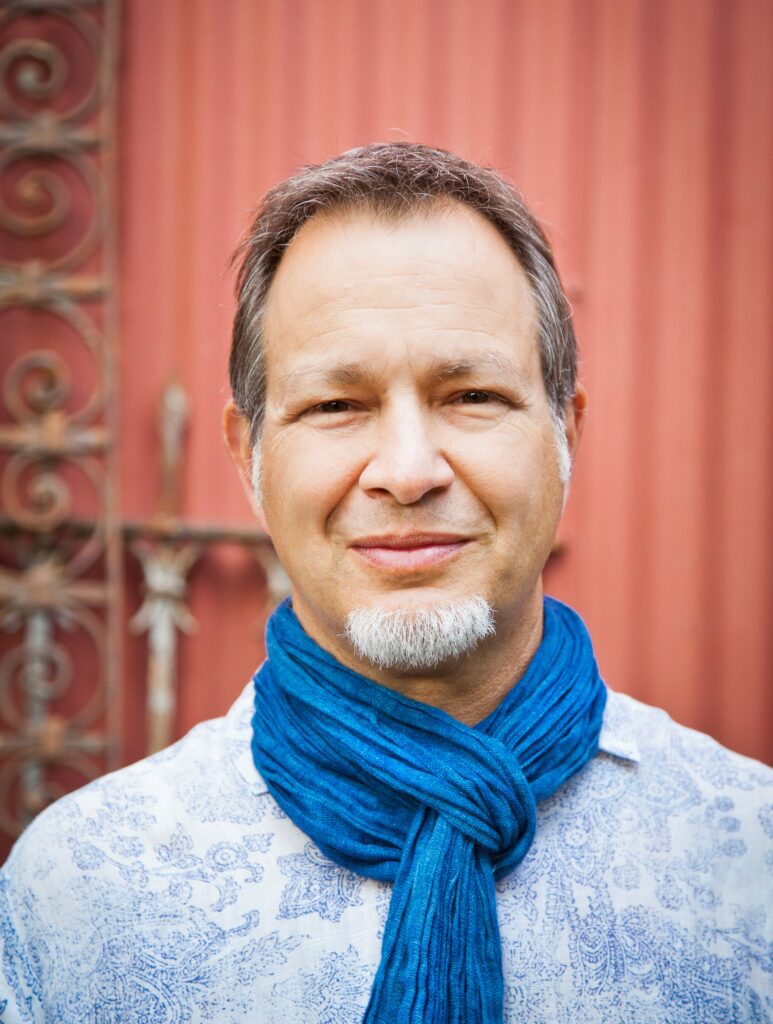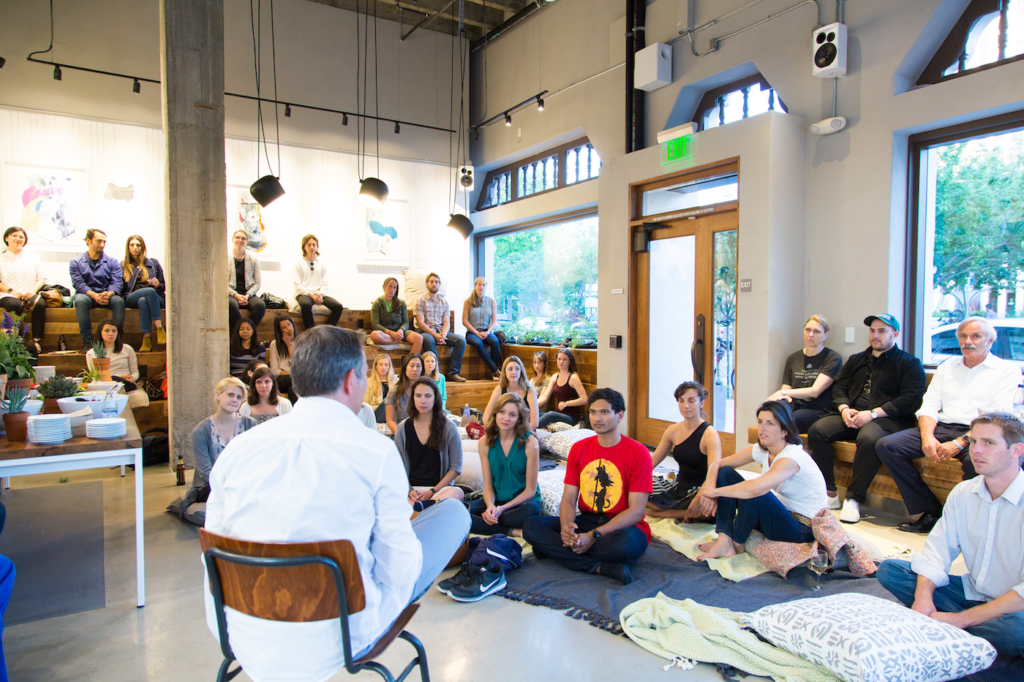
Lydia is a passionate advocate of healthy living. She has launched and positioned many health and wellness-related companies, products, technologies and organizations receiving more than 100 awards nationally and internationally.
Her focus in the health sector is specifically on life sciences, aging, and longevity. She is a partner and investor in several recognized national brands. She sits on the board of the Buck Institute for Research on Aging whose mission is to eliminate the threat of age-related disease for today’s and future generations.
It is the only independent research organization globally dedicated to extending the healthy years of life. Like the scientists at the Buck, Graham envisions it will be possible for people to enjoy life at 95 as much as at 25. To support Buck’s mission, please visit buckinstitute.org.
As we begin to think about spring cleaning—we might consider all that flotsam and jetsam floating around in our brains each day—maybe we should think about cleaning that up a bit? But how do we do that?

One of the things I enjoy is sharing tips and resources I have found that you might find interesting and helpful. While over the past two years, I have missed the in-person events or gatherings that now seem to be coming back, I must confess to have explored and enjoyed online opportunities I might not have had otherwise. Two of them came through Battery SF. The first, a deep dive into mobility training—important for anyone hunched over a computer—is not just for older folks or performance athletes, but that is another conversation.

The second was learning FLOW meditation from meditation teacher James Brown. I have written before about extensive resources on meditation and the benefits of it, but I thought this particular technique was worth calling out due to its simplicity (and effectiveness). Anyone can do it anywhere. It is called a “householder’s” technique, as suits busy people like us living lives in the real world versus in a monastic atmosphere of contemplation.
“My mission is to allow a lot of people to believe that mediation is something they can do.”
— James Brown
Who is James Brown? He is the Bay Area’s preeminent teacher of the ancient practice of Vedic meditation and the founder of the Flow Meditation online program which he developed to make the Vedic approach to meditation more widely accessible. He teaches groups, individuals, and even programs for companies such as LinkedIn. His mission “is to allow a lot of people to believe that mediation is something they can do.”

The course I did was a 4-week hybrid program consisting of four live online sessions and twelve online lessons encouraging me to meditate twice a day for up to 20 minutes. The meditation technique is simple. It consists of a meaningless two syllable mantra (selected from a pool of Vedic bija, meaning “seed” mantras) as a tool to help the mind settle without us having to try to focus and concentrate or trying to have fewer or nicer thoughts. As one repeats the mantra silently in the mind, it comes and goes, gets faster and slower, fainter, and brighter, with thoughts often coming in between. In some sittings, one can have many thoughts; in others, only a few. The key is no effort (except repeating the mantra, but with no effort to hold on to it). It’s no judgment meditation. Rather, it is simply an allowing around the mantra and the thoughts that come and go with no judgment on whether the thoughts or the sitting is “good” or “bad.”
Meditating using this technique triggers the body’s “relaxation or adaptation response” (versus the stress response) and ushers in a whole cascade of benefits like stress reduction, lower inflammation due to lower stress, better sleep and digestion, and fewer imagined conversations during the day (since 90 percent of what we worry about never happens). With practice, the mind effortlessly begins to turn inward through layers and layers of consciousness until we can access that deeper layer of quiet calm that exists within all of us. I found it especially interesting to learn that when we meditate using this technique and approach, according to James, “when we do have thoughts, the emotion associated with these thoughts becomes released and we are not as triggered emotionally as we are in our normal state.” So over time, he suggests, “a lot of emotional stress in the body releases. And during the day, previous situations that may have triggered us before begin to fade.”
Overall, the ultimate benefit is just being more present for yourself and those around you—to show up as the best version of you—which is a much more enjoyable way to go through life. Since beginning the course, I have noticed stellar “readiness” readings on my Oura Ring—an indication of a good balance between stress load and rest—an indicator of resilience, and lower heart rate readings at night and through the day. I am also hoping to realize some of the longevity benefits of this meditation Brown mentions, like slowing and even reversing biological age and the aging process—perhaps I can eventually ditch those expensive creams.
Sounds easy, doesn’t it? But easier said than done. I hear Nike’s slogan of “Just Do It” ringing in my head—boy, they really nailed that one. Mediation, just like workouts, requires that you do it—not just read or think about doing it. That annoying “to do” list is always calling (even in meditation).
James’ lessons are both inspiring and instructive. What I enjoy most about him and his FLOW approach to meditation is that both is straightforward and have no dogma, jargon, or ritual. This meditation is ideal for veteran meditators and newbies alike and particularly for anyone who has previously had trouble meditating or has been intimidated by other approaches. Check out James and the FLOW program at vedicpathmeditation.com.
Happy meditating!
